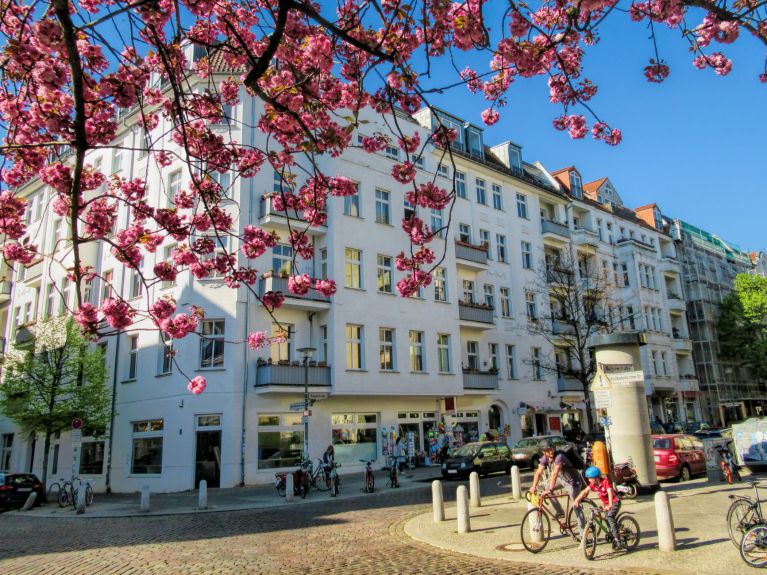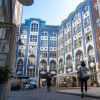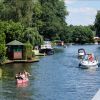“Kieze” with character: Berlin’s iconic neighbourhoods
Berlin is a patchwork of different neighbourhoods, each with their own distinct character - known colloquially as “kieze”. Let us introduce you to three of these neighbourhoods.
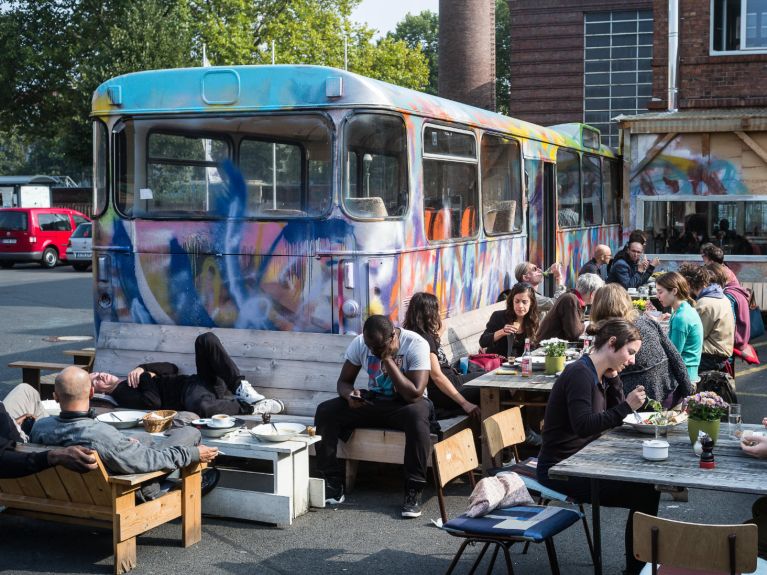
Berlin has many lively neighbourhoods - known locally as “kieze” - which each have their own distinct character. A Berlin dialect word, a kiez is a neighbourhood that has evolved gradually over the decades - and embodies the core of urban identity.
Kreuzberg: political, creative and wild
Kreuzberg is a melting pot of different cultures and ideas - and seen by many as epitomising Berlin’s cosmopolitan lifestyle. Until Germany reunified in 1990, the neighbourhood was located on the eastern fringes of West Berlin - with some parts situated directly along the Berlin Wall. In the 1980s, the Kreuzberg kieze were at the heart of the squatter scene, with low rents attracting many artists and cultural professionals. Characterised by its creative and migrant-based communities, Kreuzberg came to symbolise alternative lifestyles. Featuring street art, “spätis” (kiosks open around the clock), Turkish supermarkets and vegan snack bars, Kreuzberg today is home to over 150,000 people from all over the world.
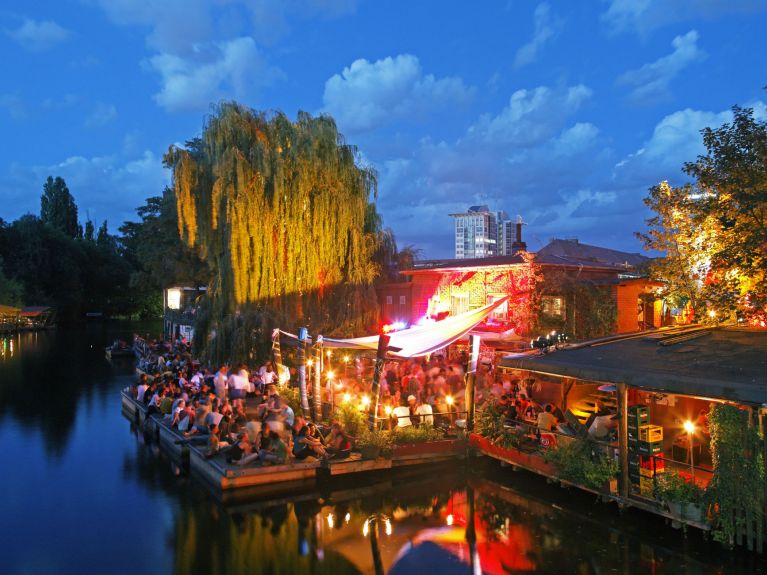
Wedding in flux: authentic and down-to-earth
“Wedding is up and coming” – for years, people in Berlin have been saying this with a slightly ironic undertone. This is because social, cultural and economic change happens here somewhat more slowly than in some other parts of Germany’s vibrant capital. Many old blocks, streets and the “real Berlin” remain preserved in this neighbourhood. Once the domain of predominantly working-class families, this district in the west of the city offers numerous authentic and popular kieze. With everything from historic Leopoldplatz with the Old Nazareth Church built by Karl Friedrich Schinkel in 1835, Arab bakeries, the banks of the Berlin-Spandau ship canal and cultural centres such as “Silent Green”, which is situated in a former crematorium, it is quite clear that Wedding has already arrived - in its own way.

Prenzlauer Berg: from trendy neighbourhood to family oasis
Prenzlauer Berg is quite a different matter: no other neighbourhood better epitomises the capital’s transformation since reunification. Formerly home to creative East Berliners, these days young families stroll along beautifully restored old pavements - with organic markets, cafés and playgrounds on every corner. “Prenzlberg”, as it is colloquially known, is a hot spot for the Berlin start-up scene and popular with creative agencies. International companies attract people from all over the world. Despite the city’s fast-paced development, Berlin history can be sensed everywhere here - in rear courtyards, cultural venues and East German buildings. From an open-air rave at Mauerpark to a book shop with literature in several languages - Prenzlauer Berg is also typical of Berlin: diverse and cosmopolitan.
